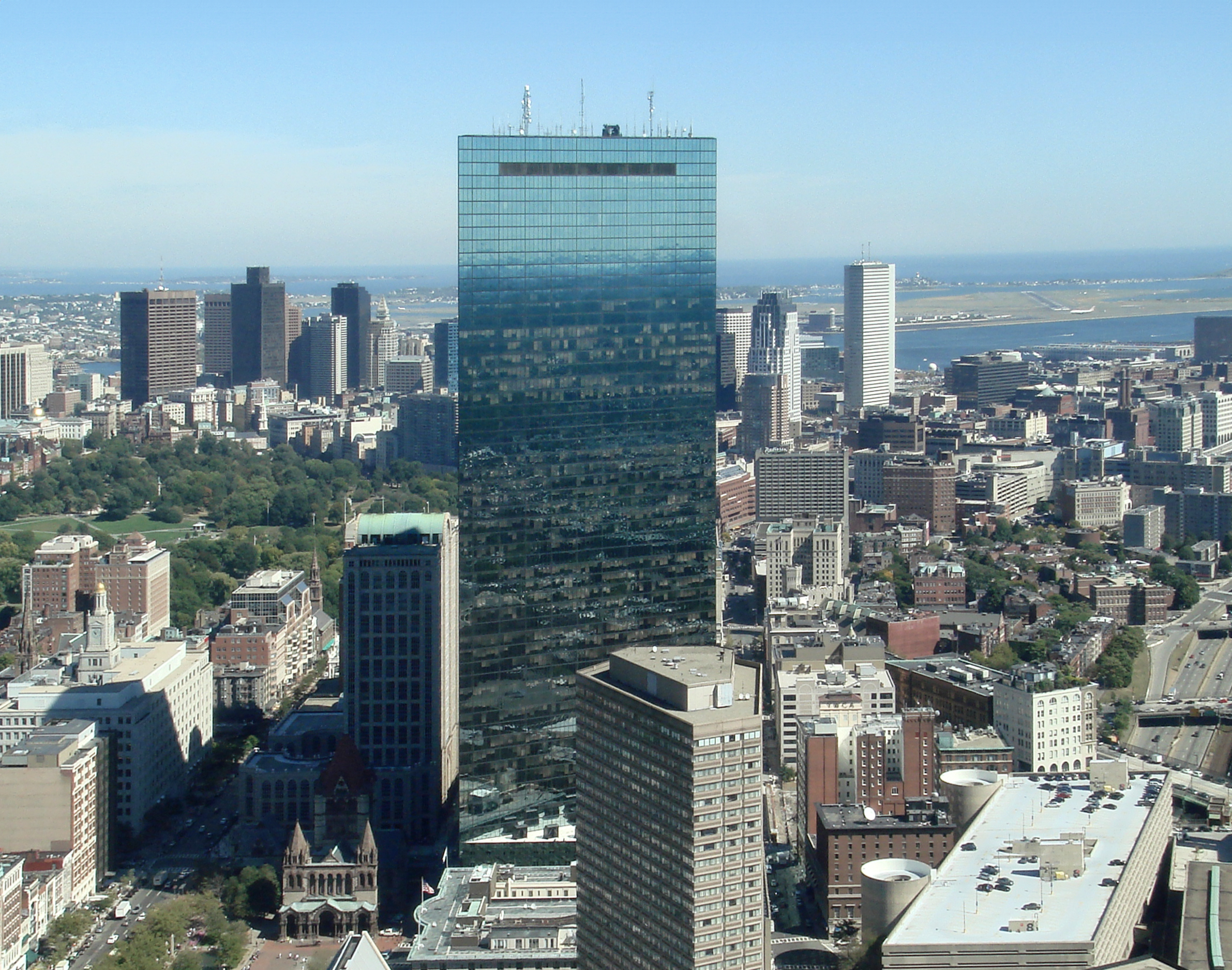The Prudential Tower is an International Style skyscraper designed by The Luckman Partnership, and built between 1960 and 1964 in Boston, MA.
Prudential Tower is not the only name you might know this building by though. It is common for companies to want to attach their names to iconic buildings when they move in, or for the general public to come up with nicknames, and this one is no exception. The Prudential Tower is also known, or has been known as, Prudential Building, or The Pru.
Its precise street address is 800 Boylston Street, Boston, MA. You can also find it on the map here.
The Prudential Tower is part of the Prudential complex, which also includes the 111 Huntingto Tower and several smaller buildings.






